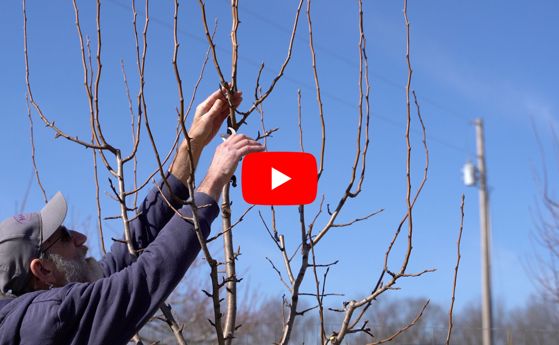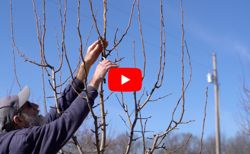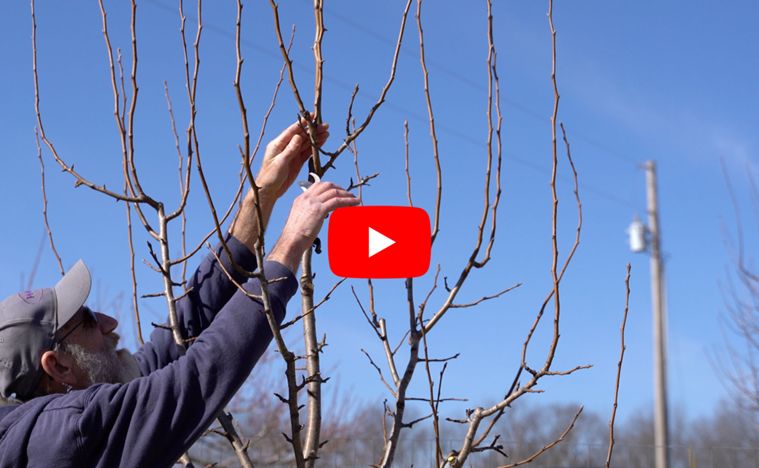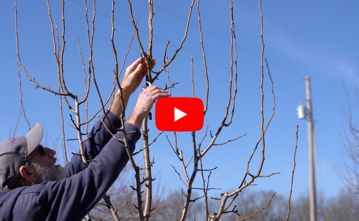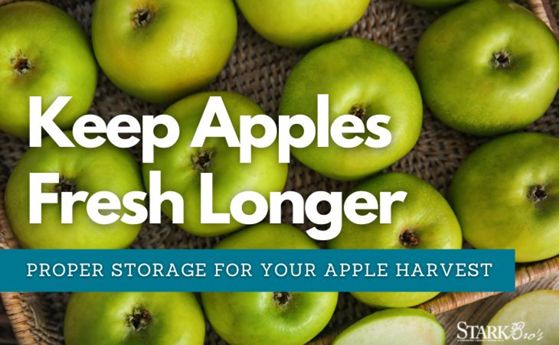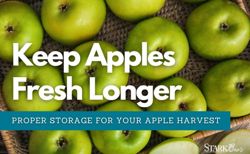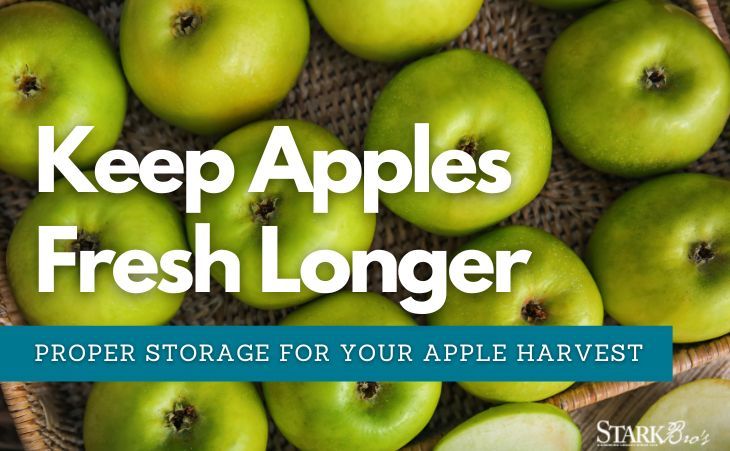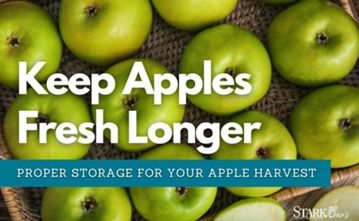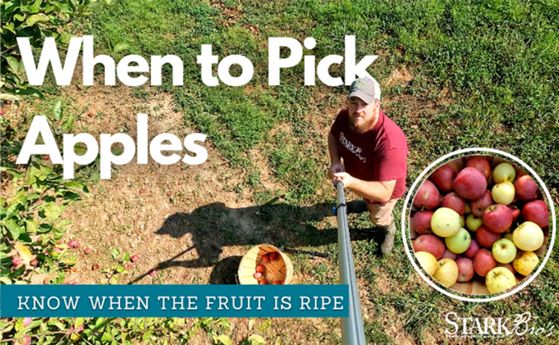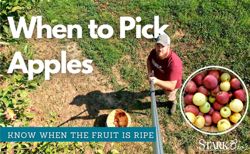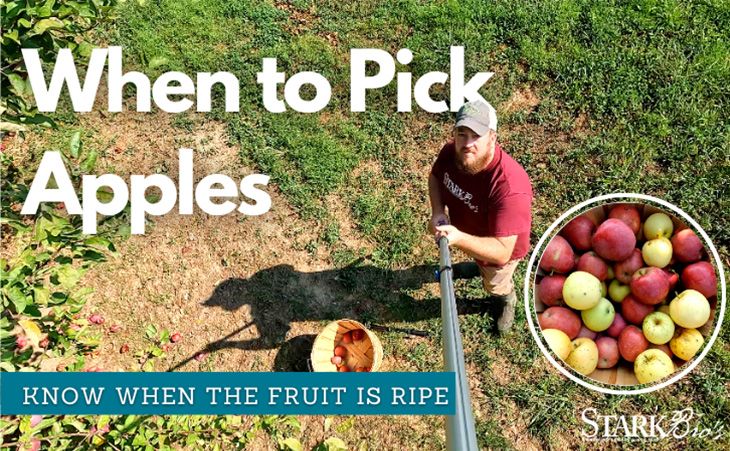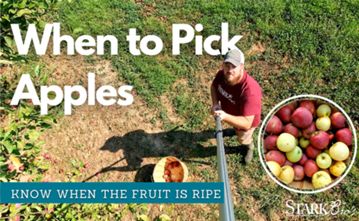Fruit Tree Sizes

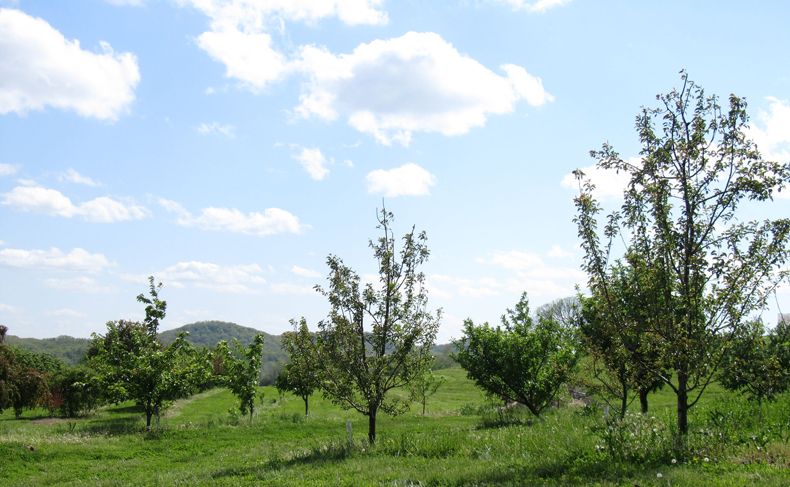
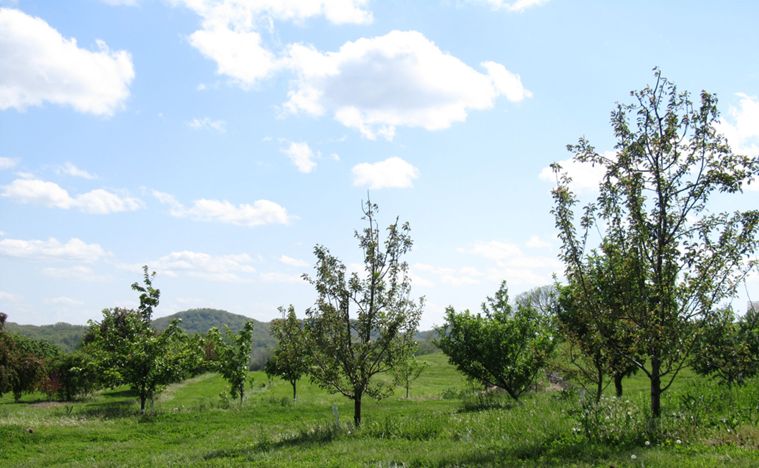
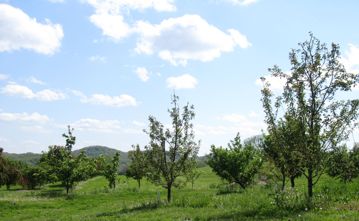
Do you want to grow your own, but find fruit tree sizes a bit confusing? We're here to help clear up some of the fruit tree sizing lingo.
What are the differences between dwarf, semi-dwarf, and standard fruit trees?
Dwarf Fruit Trees: smallest mature height
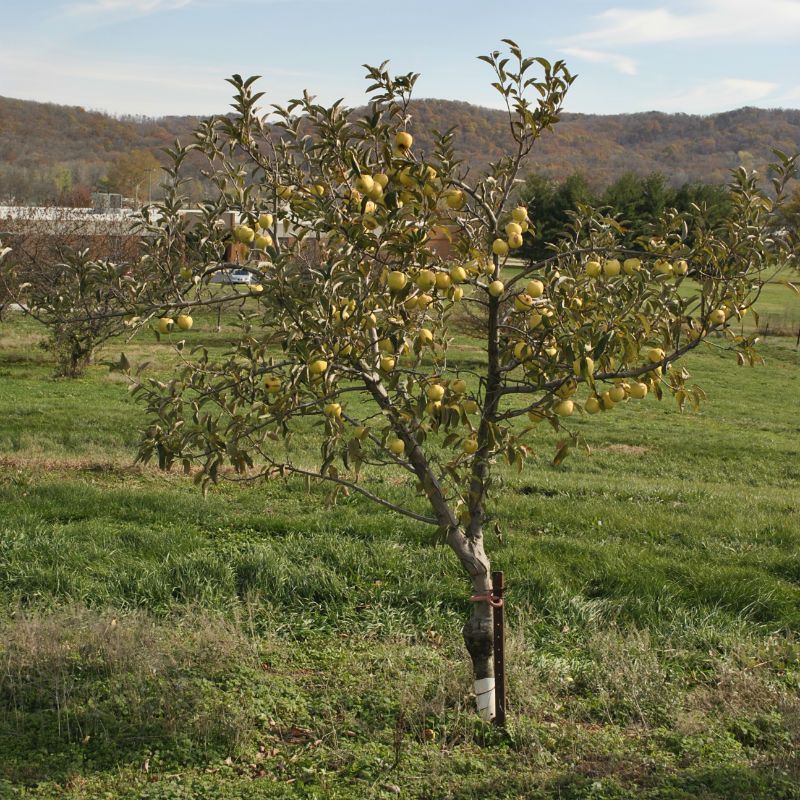
Dwarf fruit trees will grow 8-10 feet tall and wide and, depending on the environment, may start bearing fruit sooner than their larger counterparts. Dwarf trees are ideal if space is limited, and care and maintenance (spraying, pruning, harvesting, etc.) can be done from the safety of the ground -- no ladders needed! Some dwarf fruit trees require staking to help them become established and grow upright, but this is a quick and easy task made possible with tree stakes. Trees planted in particularly windy areas may require staking even if you are not planting dwarf sizes.
If you are limited on space, even for a dwarf tree, consider growing fruit trees in containers. Most fruit trees, with adequate care and maintenance, will grow and produce fruit in a container environment.
Semi-dwarf: larger than dwarf fruit trees, but smaller than standard
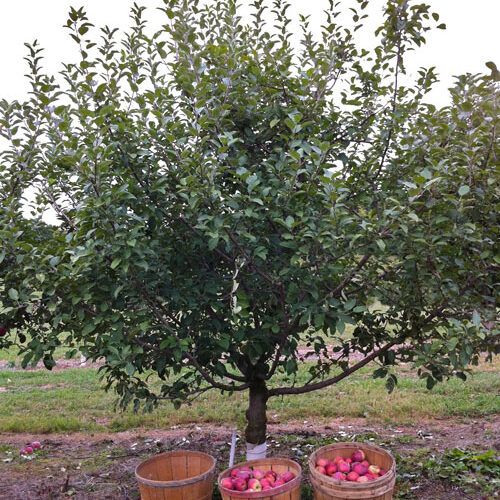
These trees will reach 12-15 feet tall/wide. Once semi-dwarf fruit trees are bearing fruit, a 6-foot tall person can harvest most of the fruit without needing a ladder. Sweet cherries are an exception: running a little larger, the semi-dwarf size sweet cherry tree reaches 15-18 feet tall/wide. The average semi-dwarf fruit tree may yield almost twice as much fruit as a dwarf-sized one, without taking up much more space.
Semi-dwarf fruit trees tend to be well-anchored and have a greater surface area to yield fruit, compared to dwarf fruit trees, all without taking up that much more space.
With proper care and pruning management, a semi-dwarf fruit tree can be the perfect fit for a modest yard or garden, and they are also suitable for being grown in containers!
Standard: the largest-sized tree of any variety
When they have grown to their full mature size, these fruit trees can reach 18-25+ feet tall/wide. That is, unless you’re considering standard-sized peach and nectarine trees, which will reach 12-15 feet (this may appear to be the range of a semi-dwarf but, because they naturally don’t grow very large, it is the 'standard' size for these trees).
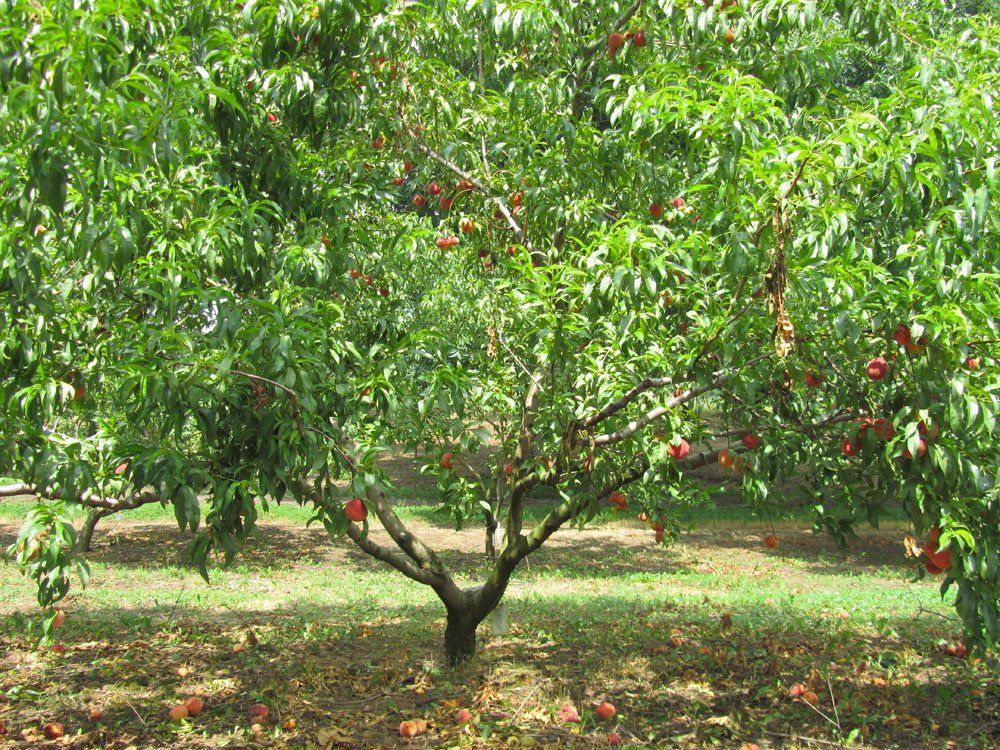
Depending on the type of fruit tree you're hoping to plant, the mature height may vary just a little: pears* and plums reach about 18-20 feet in height, while apricots grow up to 15-20 feet tall/wide. Standard-sized trees may take longer to bear fruit but, once they get started, they will produce a greater quantity of fruit over all. At maturity, these trees may require use of a ladder or a fruit picker to help you harvest the fruit, and family and friends to help you consume it.
*Some fruit trees, like pears, have more of a conical (narrow but tall) growth habit – these trees naturally won't have much of a wide spread: Dwarf pear trees will be 8-10 feet tall and spread about 6-7 feet wide; Standard pear trees will be 18-20 feet tall and 12-13 feet wide.
Remember, from smallest to largest, it goes: dwarf, semi-dwarf, standard. For spacing purposes, it is safe to assume that the mature width of a fruit tree will be the same as its height.
Now that you understand fruit tree sizes, the real challenge is to choose your favorite fruit trees to fit your available space. Good luck!
Dwarf

Matures to be about 8-10' tall and wide. Provides an abundance of full-size fruit in a minimal amount of space.
Semi-Dwarf

Matures to be about 12-15' tall and wide. Gives maximum fruit yield per square foot. Most of the fruit can be harvested while standing on the ground.
Standard & Unmarked

Matures to be at least 18' tall and wide. (Standard peach and nectarine trees mature to be 12-15' tall and wide.) A multi-purpose fruit and shade tree.



